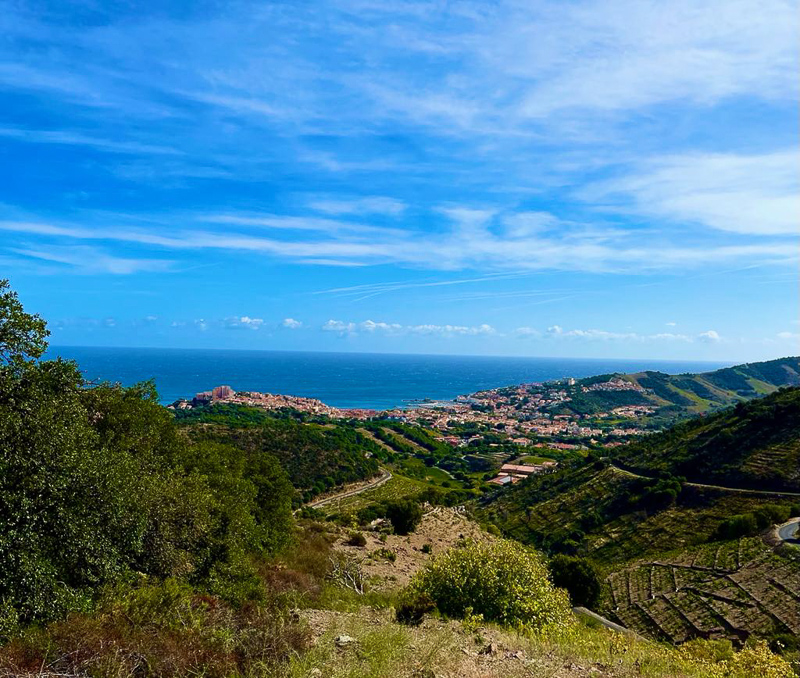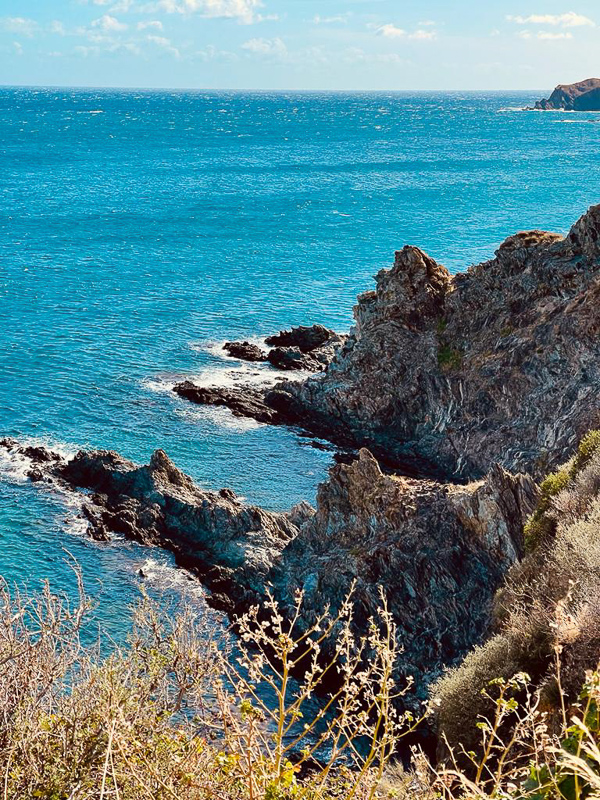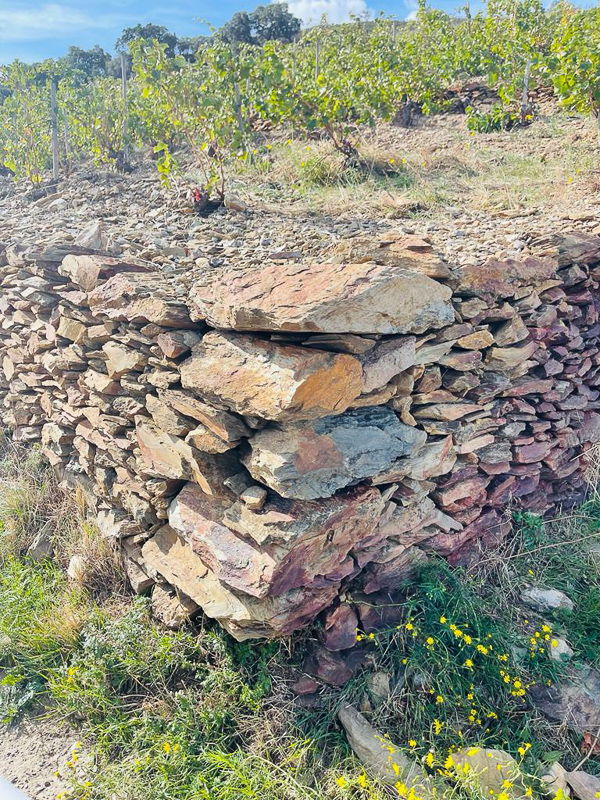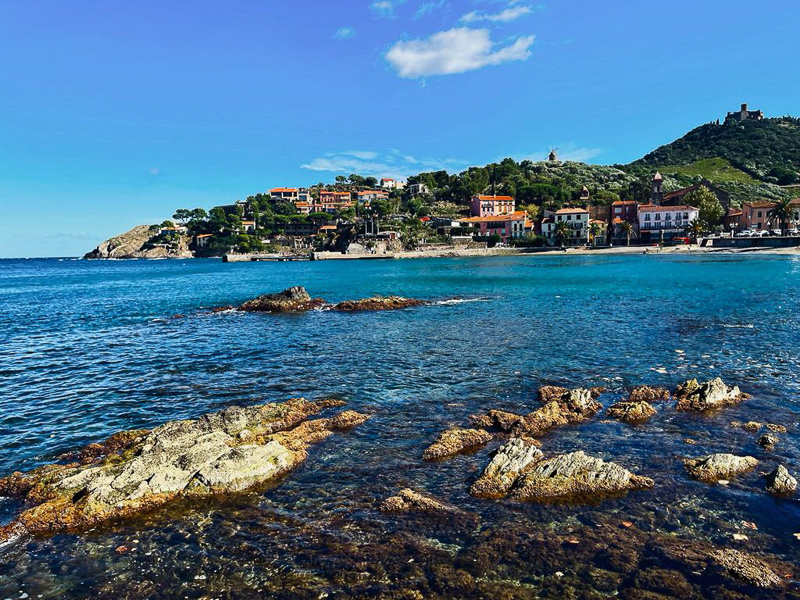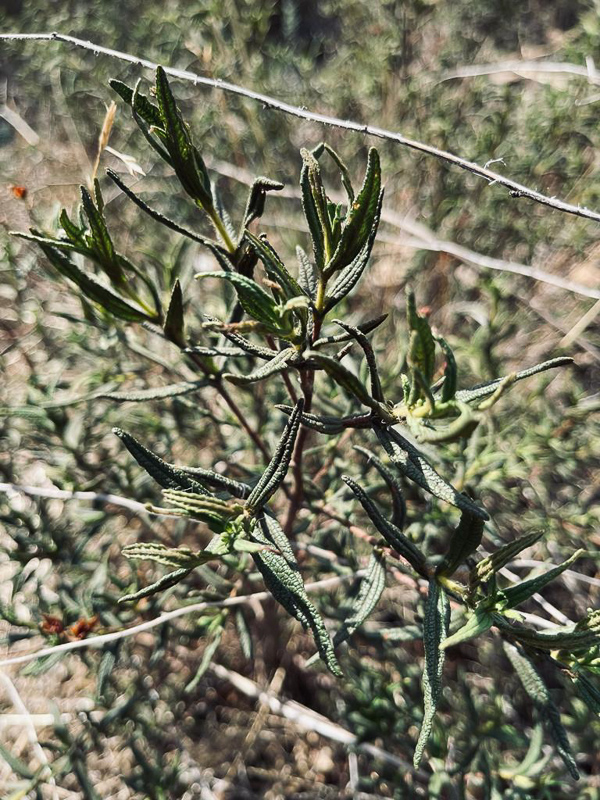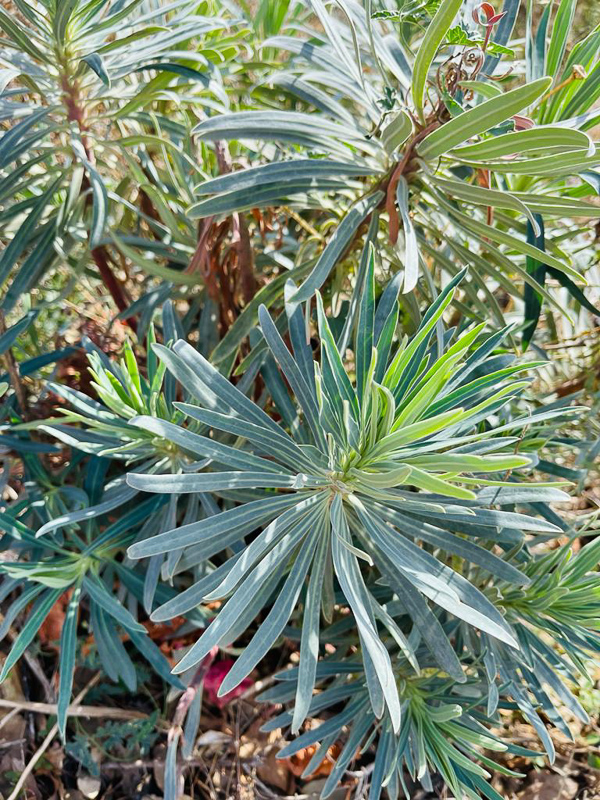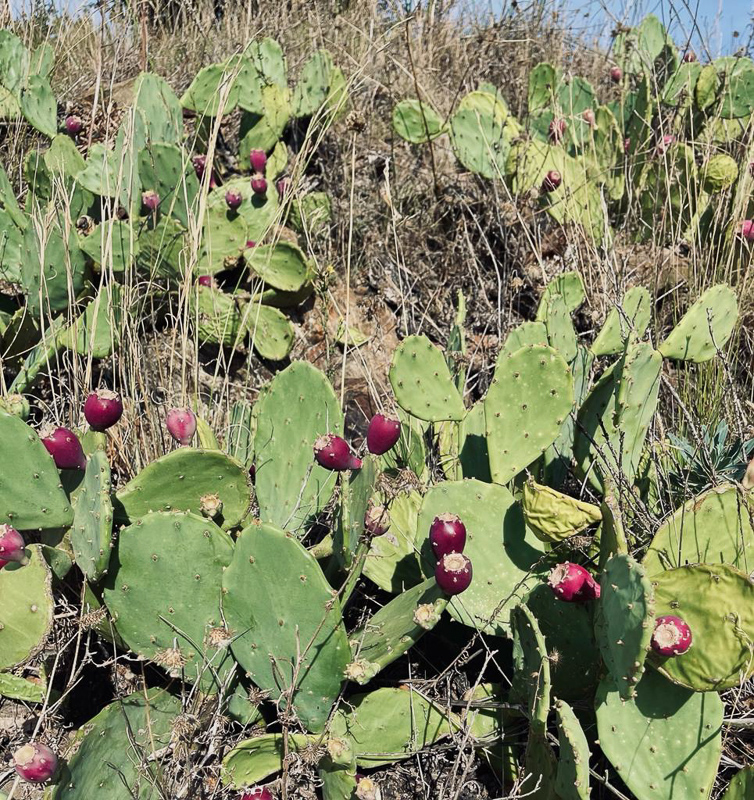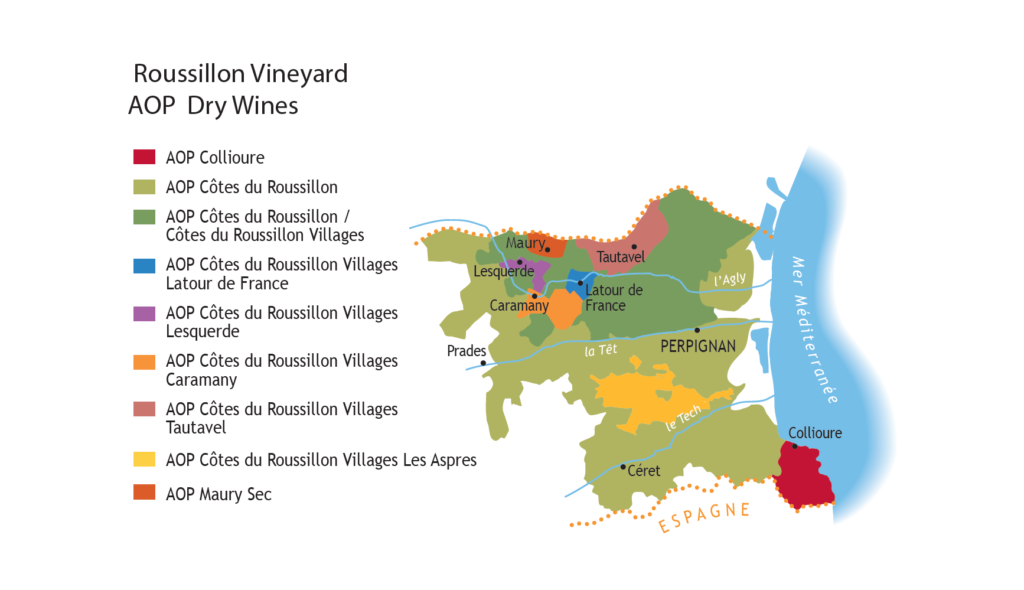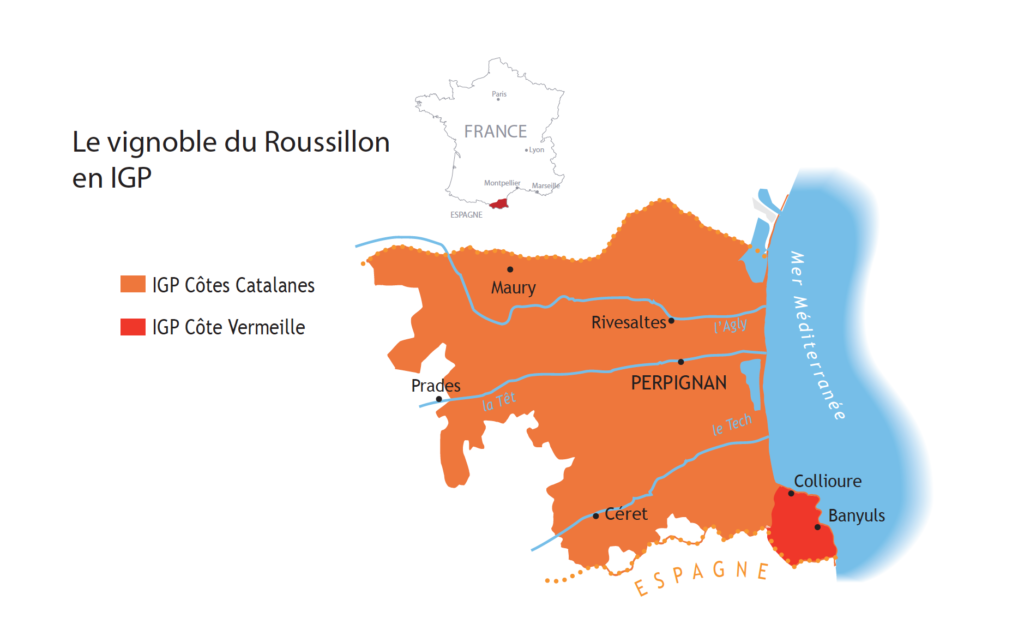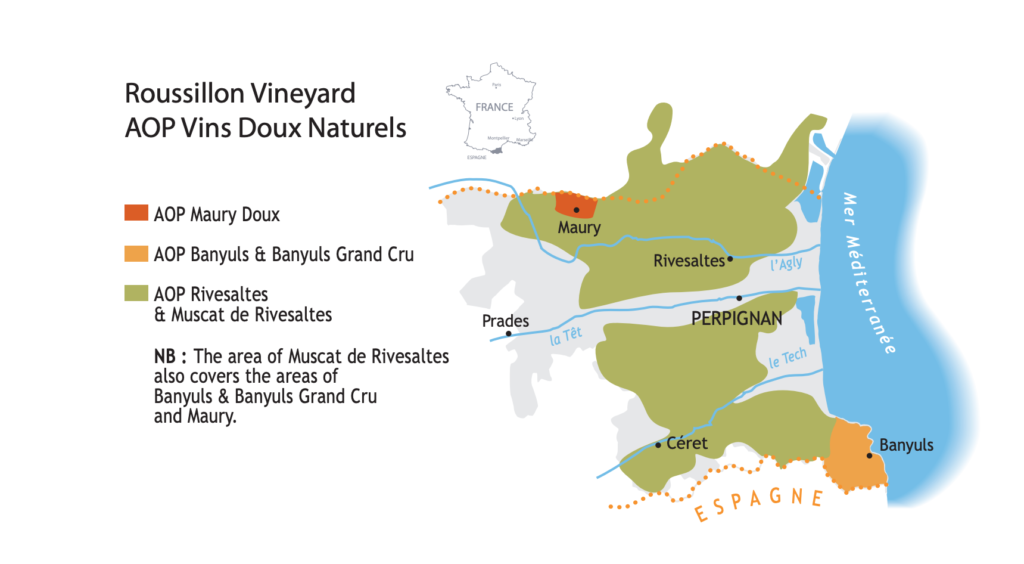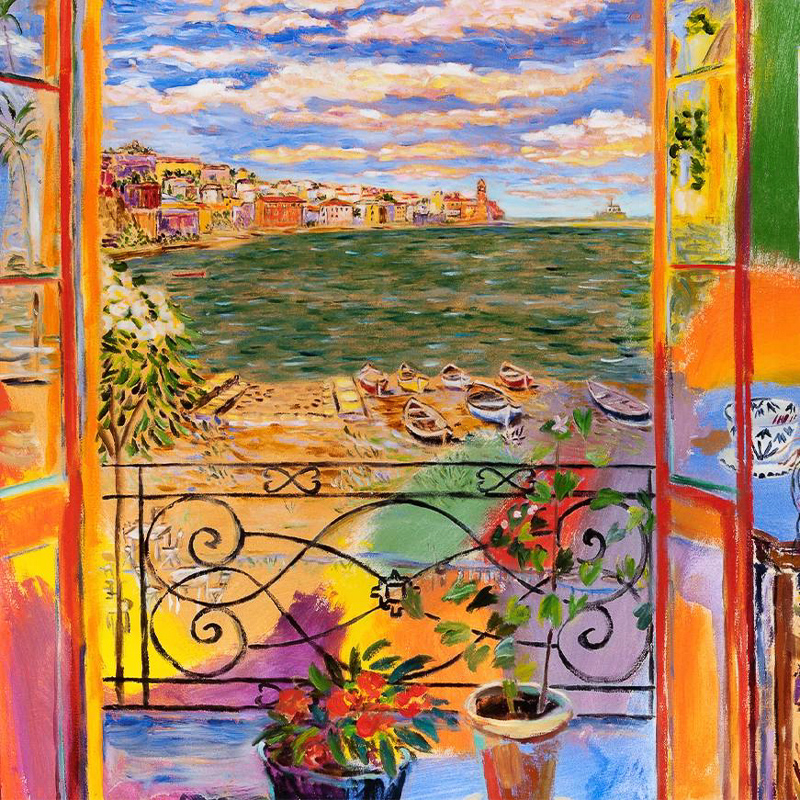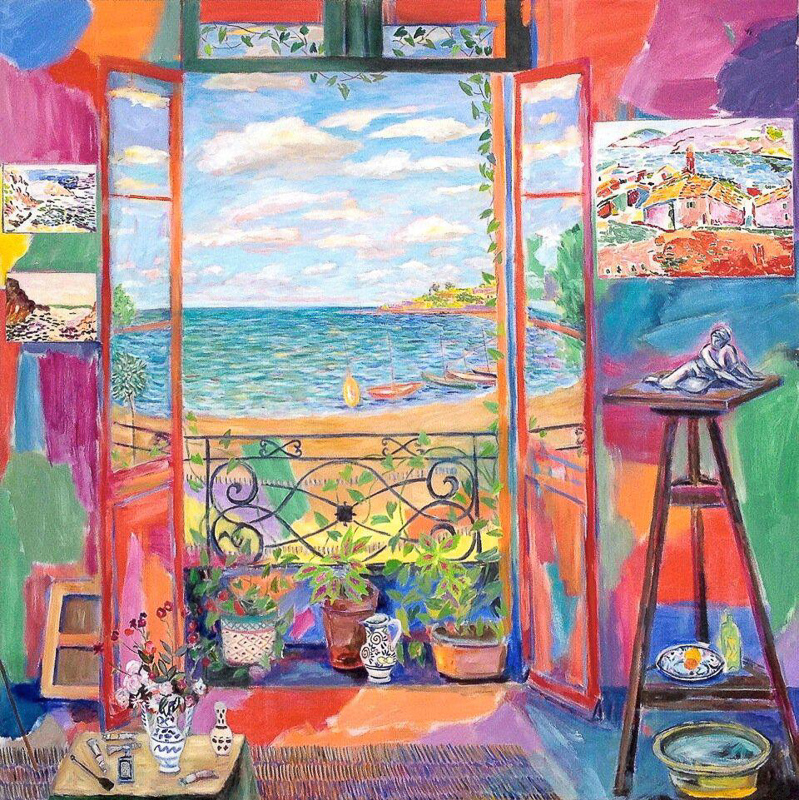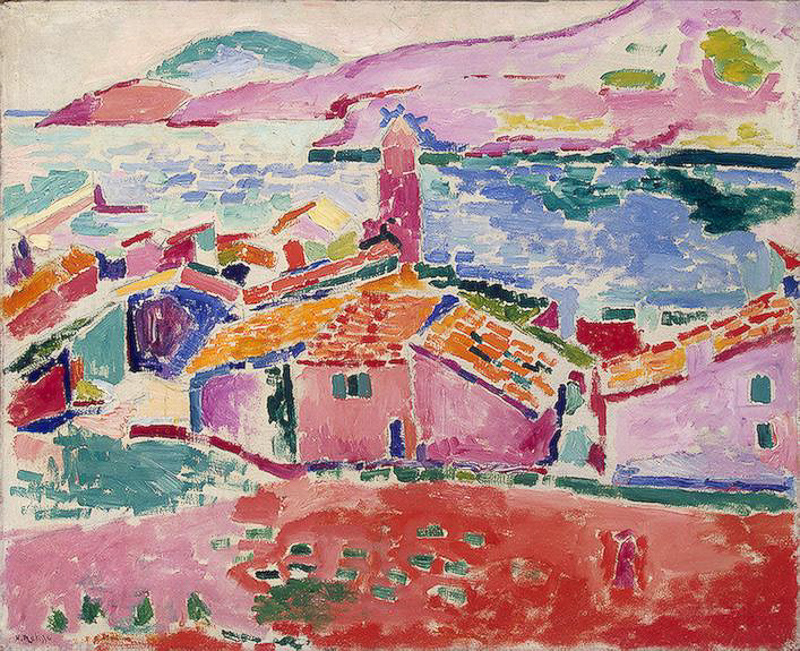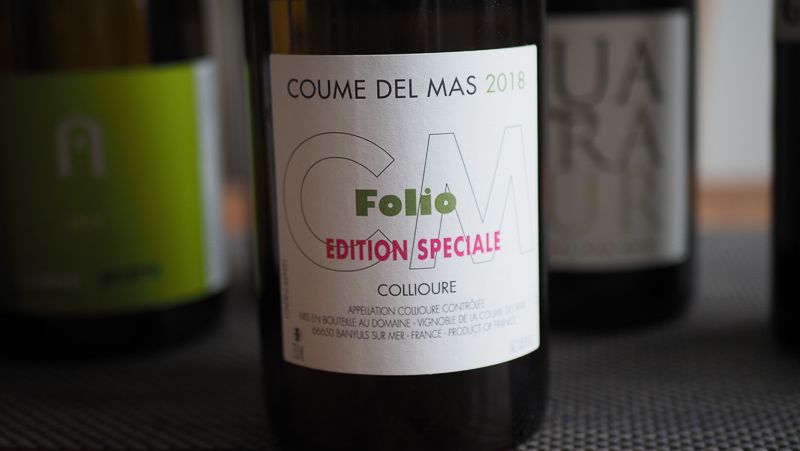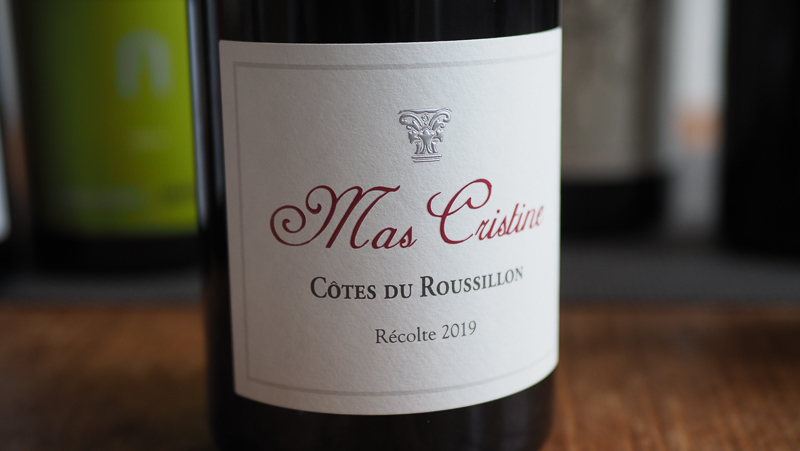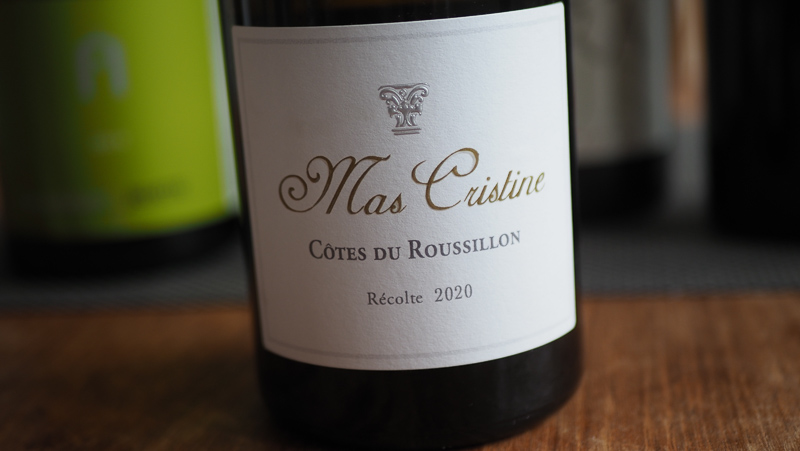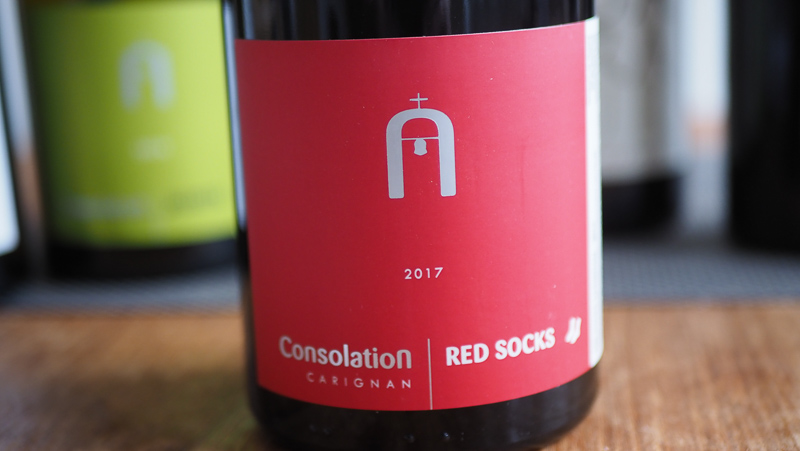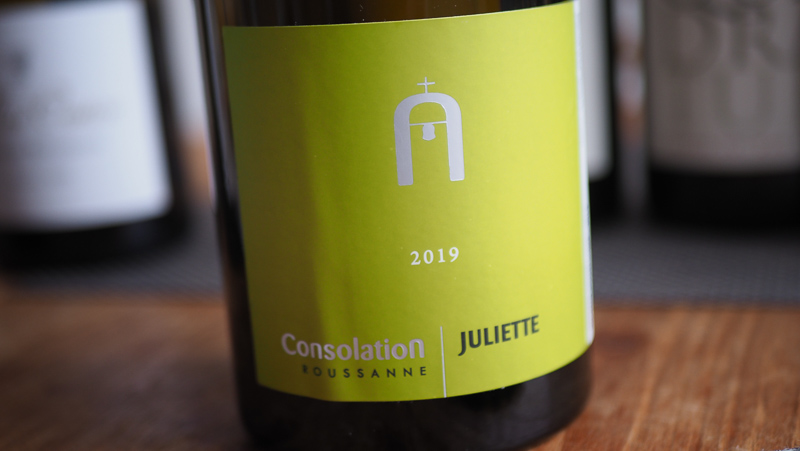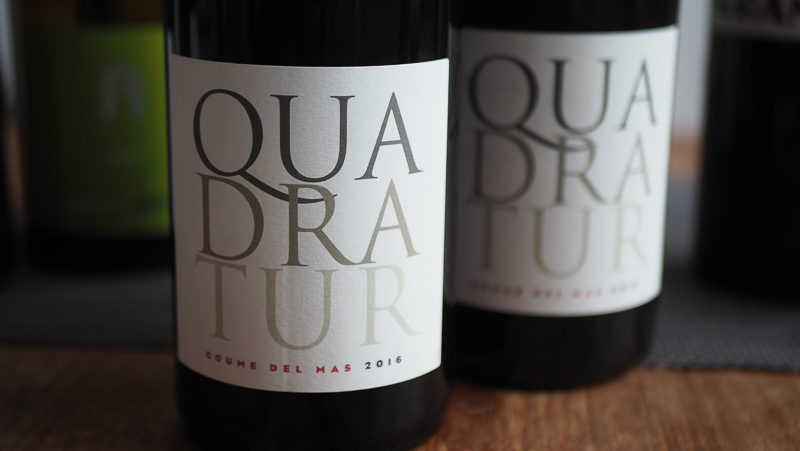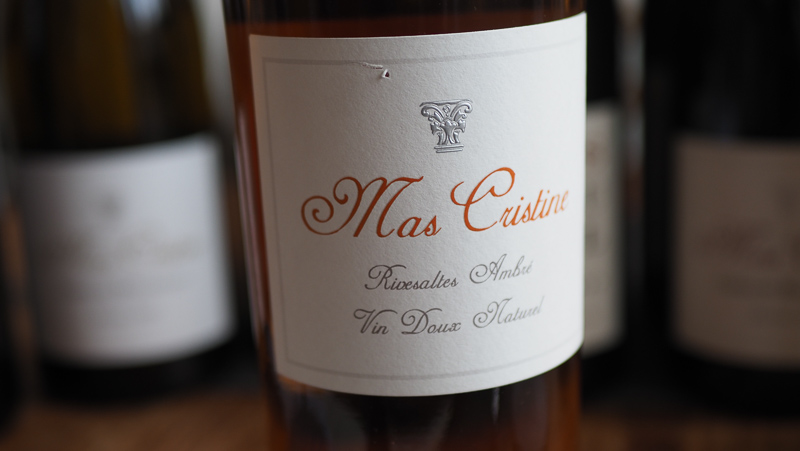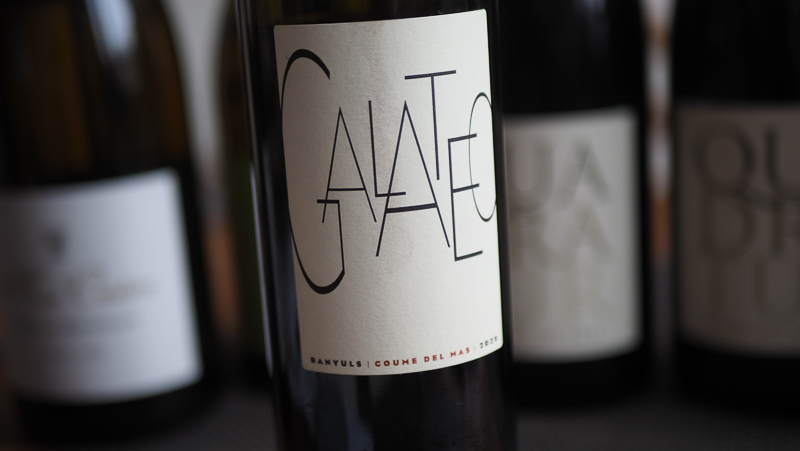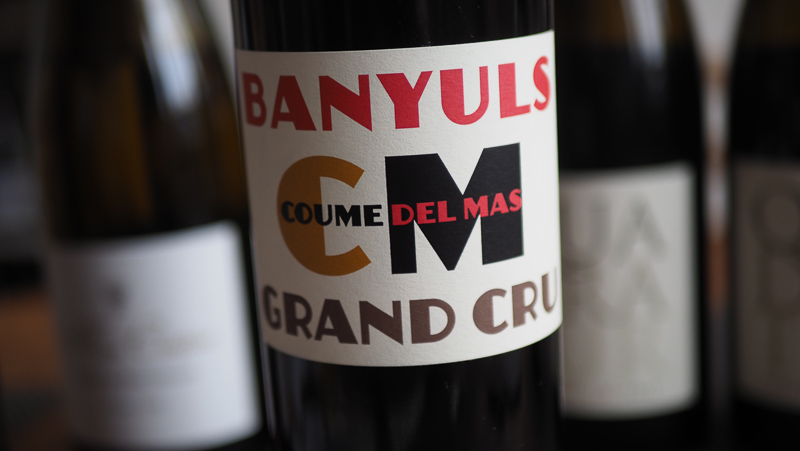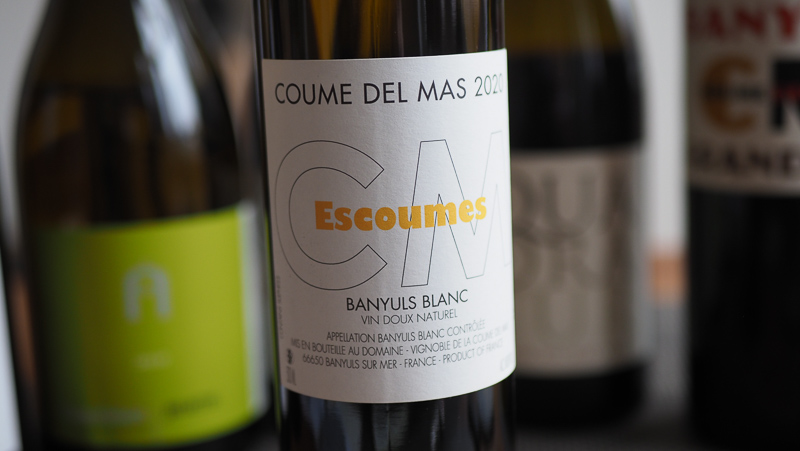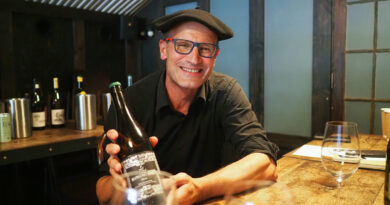Roussillon’s spirited new wave of vignerons: ancient vines, unimpeachable terroir, organic viticulture and the maverick spirit of Catalan culture
Part (1): Banyuls, Collioure, Rivesaltes and Maury
Roussillon’s still wines are garnering more respect than ever before especially in the UK where sales have increased by 41% since 2019. Prospecting vignerons have been attracted by affordable land, varied terroir and a ready supply of ancient vines. Catalan culture also adds a particular flavour to this independently spirited region’s vinous output. Today 66% of all wine made is unfortified and much of it is from organic grapes.
Refined Vin Doux Naturels continue to excite an all-be-it smaller but growing number of enlightened devotees in France where they hold 80% of the VDN market and beyond with 25% of exports going to the UK and 9% to the USA.
Lisse Garnett outlines this ancient region at the Southern-most tip of France, distils its complex multi-cultural history and terroirs for a series of producer profiles by region over the coming weeks. This week we look at Banyuls and Collioure. Roussillon is seeking recognition; we have tried our best to give it. Tasting notes from Jamie Goode.
Roussillon is a distinctive place, very different to the Languedoc. Yet the two are lumped together to form a huge administrative whole, touted as the largest wine producing region in France. Actually, Roussillon accounts for only 7% of wine produced in Languedoc Roussillon and under 2% of French production. Soils are varied and old vines so numerous that vine age often goes unmentioned by nonchalant vignerons well used to centenarian vines. Catalan culture is evident, though affordable land and established vines attract investors, radicals and the odd wine making genius from further afield too: think Wendy Wilson of Le Soula, Frederique Vaquer of Domaine Vaquer and Hervé Bizeul of Clos des Fees.
Demijohn-aged Vin Doux Naturels – fortified sweet wines that represented a rich source of income from the late nineteenth century until well into the 1960s – are a niche production in a declining market yet they are still an important part of the region’s economy, and there are signs of a resurgence in gastronomic circles. Dry oxidised Rancios provide an intriguingly flavoursome palate of amber coloured wines made from specific varieties in PGI Côtes Catalanes.
When sales of VDN dwindled, co-ops quickly switched to dry wines, many of which were not seen as particularly exciting. So this region, once known for intoxicating complexity and sweetness, began to be derided as the home of dull still Merlot, Chardonnay, Cabernet and Muscat. Many producers simply ceased trading and today old VDNs remain incredibly well priced.
Large co-ops are influential in the region and make 70% of all wine but are decreasing in number. Today, there are only 28 and many have merged. Just 20 years ago there were over sixty. It’s perhaps unwise to see their decline as recognition of failure when it’s more a case of streamlining. Yes, they corner the affordable cheaper markets but they are also responsible for some of the more iconic sought-after wines. Collectively these producers have become more technologically advanced, often with the help of EU grants – they can be strictly managed and media savvy, selling directly to tourists from the cellar door or online. Some are entirely organic. Size really does matter and profitability requires at least 10 hectares according to a loose consensus so a collective approach is the only way many farmers can survive. The cost of production is often punitive: schist terraces that can only be farmed by hand and miniscule yielding old vines do not make for easy profit. Bush vines and sloping vineyards need to be converted into quality wines, otherwise they are simply not viable. Quality not quantity is todays maxim. That said there is resentment toward the co-ops from some smaller independent growers who feel they sell too early for cashflow and damage the area’s reputation.
History of Roussillon
Roussillon has suffered numerous geophysical and political upheavals. Acutely varied terroirs bear testament to the violent formation of the Pyrenees and her foothills; castles speak of long lived border disputes; Perpignan’s pink merchant palaces of profitable far flung trade and Le Palais des Rois de Majorque of Majorcan rule.
Romans, Visigoths, Iberians and Gauls have all ruled pieces of this region through the ages and the wine-making knights Templar settled all around it to produce Banyuls for supping at court. They were influenced by the Catalan Arnaud de Villeneuve who is credited with discovering the process. In the twelfth century independent ancient Catalan became part of Aragon overseen by the powerful Counts of Barcelona. Aragon later became allied with Castille through the marriage of Isabella and Ferdinand – this led to Spanish being spoken in court but not by the grassroot locals. Today the Catalan language is understood by some 9 million people and the Pyrénées-Orientales region in Roussillon (aka Northern Catalonia) remains a Catalan stronghold.
In 1660, as part of a peace treaty to secure the end of acrimony between France and Spain, Maria Theresa of Spain was married off to her first cousin King Louis XIV and Roussillon passed from Catalonia to France. In 1793 Spain retook Roussillon when allied with Portugal only to lose it thirteen months later. This was known as the war of Roussillon and relics of the battle such as musket balls are still unearthed amongst the vines at Domaine Vaquer in Les Aspres. Catalonia had been sliced in two, perhaps this served to reinforce the intensely proud Catalan culture evident today.
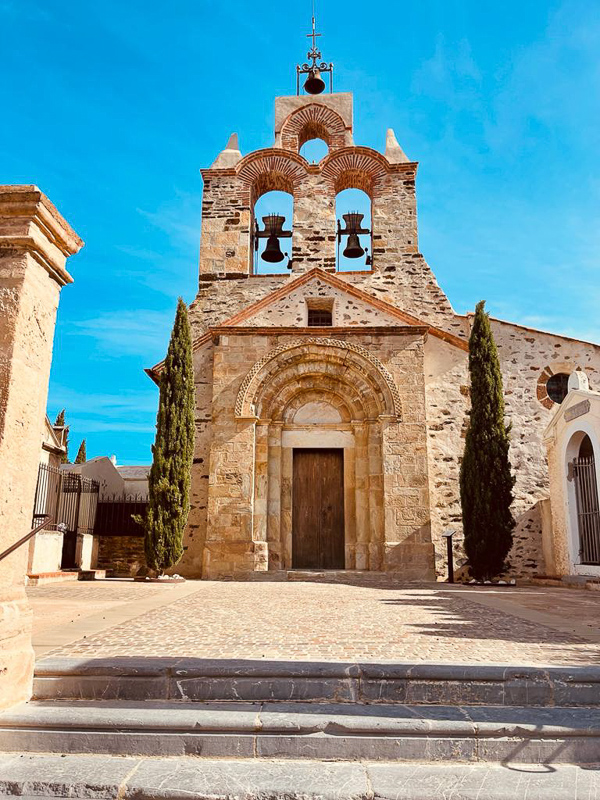
Romanesque church in Banyuls-sur-Mer 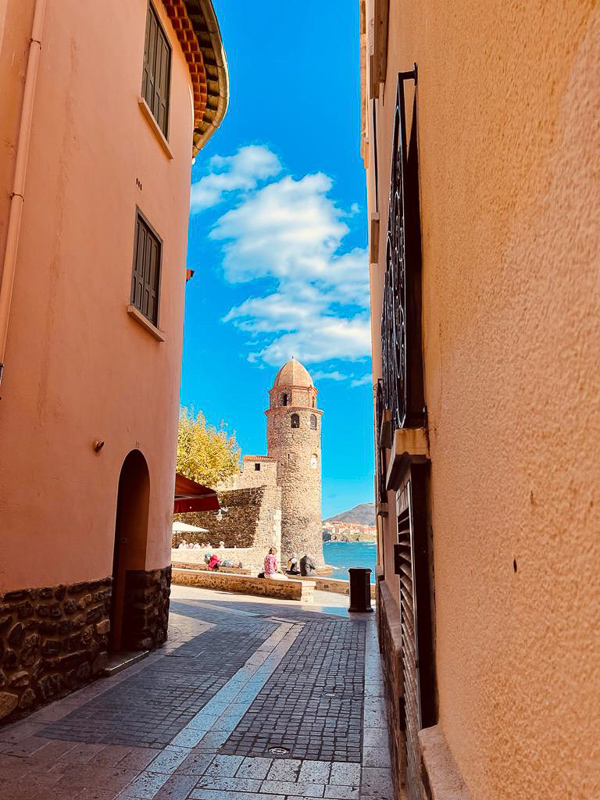
Collioure harbour
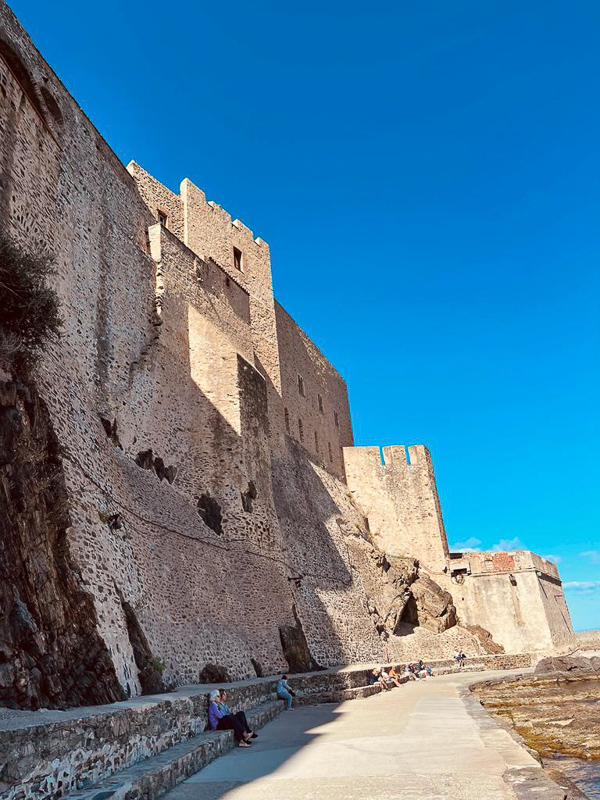
Collioure 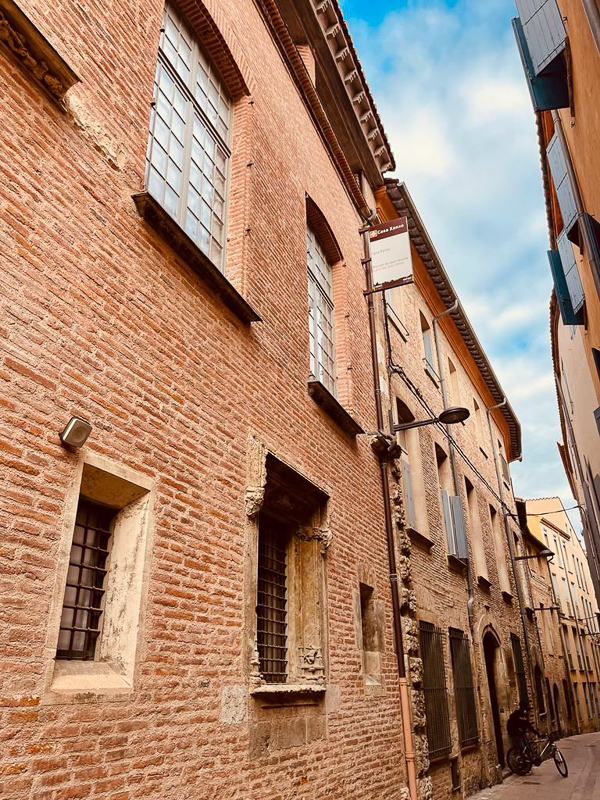
Ancient wealthy merchant’s palazzo, Perpignan 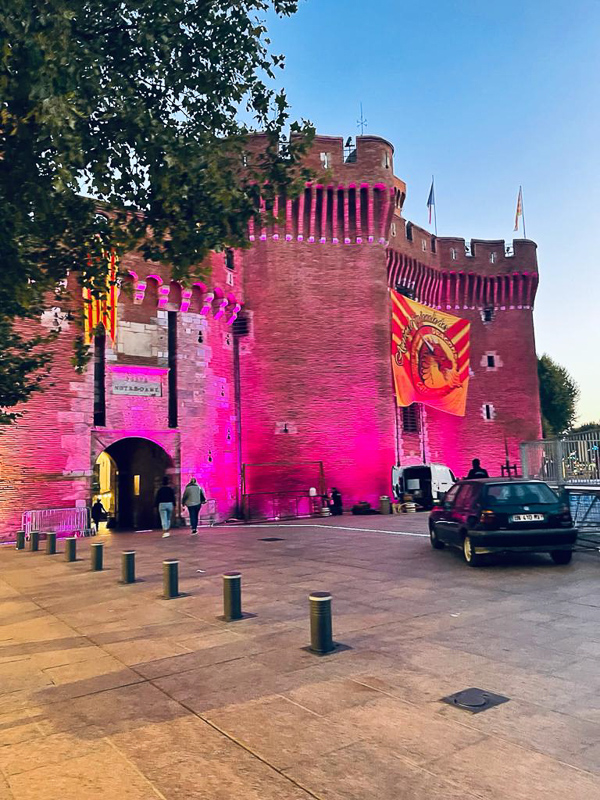
Palace of the Kings of Majorca
Geography
Roussillon is the sunniest region in France and forms a natural amphitheatre open to the Mediterranean on the East, the Pyrenees and Mount Canigou (often crowned with a Catalan flag) to the West. To the South is the Albèra Massif and Corbières lies to the North. Little rain falls (circa 550mm annually) and what does finds its way into the three Rivers – the Agly, the Têt and the Tech – that traverse the heat-baked, dry wind-ravaged coastal plain from North to South. The dry Tramontane is one of eight winds that serve to lower humidity and decrease vine disease pressure; wind is extremely influential on terroir in this region. There are undulating hills, mountain peaks and myriad soils, schist being the most dramatic, found on both sides of the Maury and south of the Agly Valley as well as to the fore of Mount Canigou. About the Collioure hills its burnt orange colour may have been the inspiration for the Romans’ rust-related naming of the fortified town Ruscino, after which Roussillon was later called. Chalk, sand, limestone and stony clay are all present too especially in Les Aspres (meaning dry land in Catalan, one of many beautiful regions rich with scented flora, garrigue and undulating hills reminiscent of Tuscany).
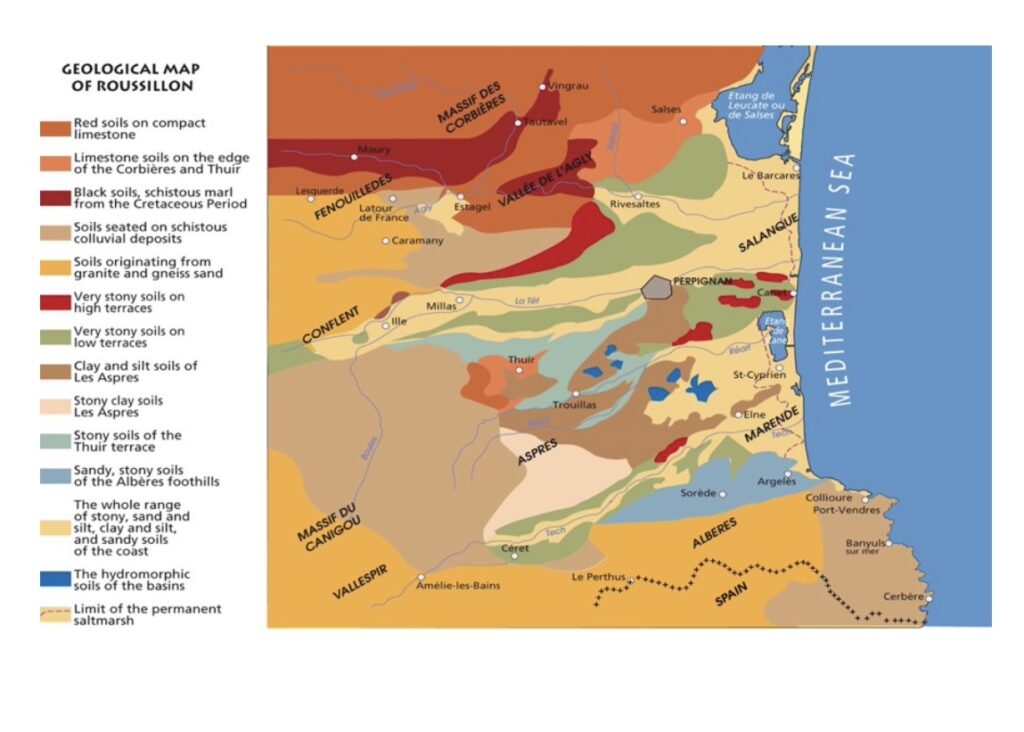
GRAPES
Grape varieties are varied, and some 24 are authorised. Grenache noir is used for Vin Doux Naturels, still reds and rosé. This variety loves long hot days and cool nights so dominates plantings at 31%. Grenache blanc and gris work well for VDN too – teamed with Macabeu. Plantings are decreasing in number but increased demand for still whites and rosé means growing plantings of gris and blanc in coastal areas. There is old vine Carignan, Syrah, Lledoner Pelut (an interesting local mutation also known as hairy Grenache), Mourvèdre, Tourbat, Macabeu for VDN and dry whites, Muscat – for Muscat de Rivesaltes and dry whites as well as a small amount of sparkling. Marsanne, Roussanne, Vermentino, Chardonnay and Sauvignon blanc.
Appellations
Whilst many producers work within the AOPs, many quality producers also choose to work outside these rules. Aside from the five Vins Doux Naturel PDOs of Rivesaltes, Maury, Banyuls, Banyuls Grand Cru and Muscat de Rivesaltes, there are two dry white PGIs Côtes Catalanes, Côte Vermelle and nine further dry wine PDOs, Collioure, Côtes de Roussillon, Côtes de Roussillon Villages, CRV Caramany, CRV Latour de France, CRV Les Aspres, CRV Lesquerde, CRV Tautavel and Maury sec. Later we will move throughout the region through various producer profiles. We begin by taking a look at Banyuls, Collioure, Rivesaltes and Maury.
Banyuls Grand Cru was established in 1962 and is the only Grand Cru in Roussillon. It is a vintage wine that requires three years of ageing and at least 75% Grenache Noir and 22.5% alcohol. When older than five years it may be described as Hors d’Age and develop an oxidative character.
Banyuls/Banyuls Grand Cru and Collioure – identical geographical area but Banyuls is Vin Doux Naturel and Collioure is designated for table wines
This is panoramic border country, an ancient disputed territory peppered with limestone fortresses where the Pyrenean Cordillera meets the sea. Ruined watchtowers guard the garrigue-covered hills. The land is vertiginous and mechanical farming is impossible. Tiny yielding wind-hardened bush vines produce deeply spiced fruit for Banyuls VDN (‘vin doux’) or if early picked unfortified still wine for Collioure (‘vin sec’) – from precisely the same geographical area. Syrah, Grenache Noir, Carignan and Mourvèdre are used for red and rosé, Grenache Gris for the whites.
50% Grenache Noir (in the Middle ages it was made from 100%) is required in Banyuls and 75% in Banyuls Grand Cru which must also see at least two and half years in wood (the max yield of 40hl/ha is apparently wishful thinking). Miniscule yields of part-raisined grapes are delivered by ancient vines. Alcohol is added to must whilst on the skins allowing for sumptuously rich textural flavours, some growers then leave the wines to sit in glass demijohns also known as glass bonbonnes – open to the elements – capped but not sealed creating an oxidative element, élevage might then incorporate wood ageing, heat, a solera. Wines might be red, dry, rancio, sweet – complexity is very much the order of the day.
Banyuls is one of Frances earliest appellations – created in 1936. Collioure in 1971 (red), rosé 1991 and white 2003. Dry stone terraces are everywhere, they serve to prevent erosion and retain what little soil there is. No one seems to know just how old these terraces are. Vines near the sea are protected from mildew by regular winds. Some grapes are grown at altitude. La Côte Vermeille is the local IGP and it covers the four local villages of Banyuls-sur-Mer, Collioure, Ceebère and Port-Vendres. The area is famous for attracting artists as famous as Matisse who painted the gorgeous local landscapes..
Rivesaltes and Muscat de Rivesaltes
An appellation created in 1936 offering a gigantic smorgasbord of Vin Doux Naturel styles and classifications including Rivesaltes Rosé. (Maury and Banyuls have their own separate appellations). Regional home of large co-op Arnaud de Villeneuve. Often VDNs are made from Muscat of Alexandria, the less fancy cousin of Muscat à Petit Grains.
Maury
In the Agly Valley, originally a VDN appellation but as of 2012 an appellation for reds too. Schist dominates and Carignan, Grenache Noir (grenat or tuilé describes VDN made from Grenache Noir), Syrah and Mouvèdre are the main grapes with Grenache blanc and Gris also used for ambré and blanc VDN. Mas Amiel is a well-known highly regarded producer.
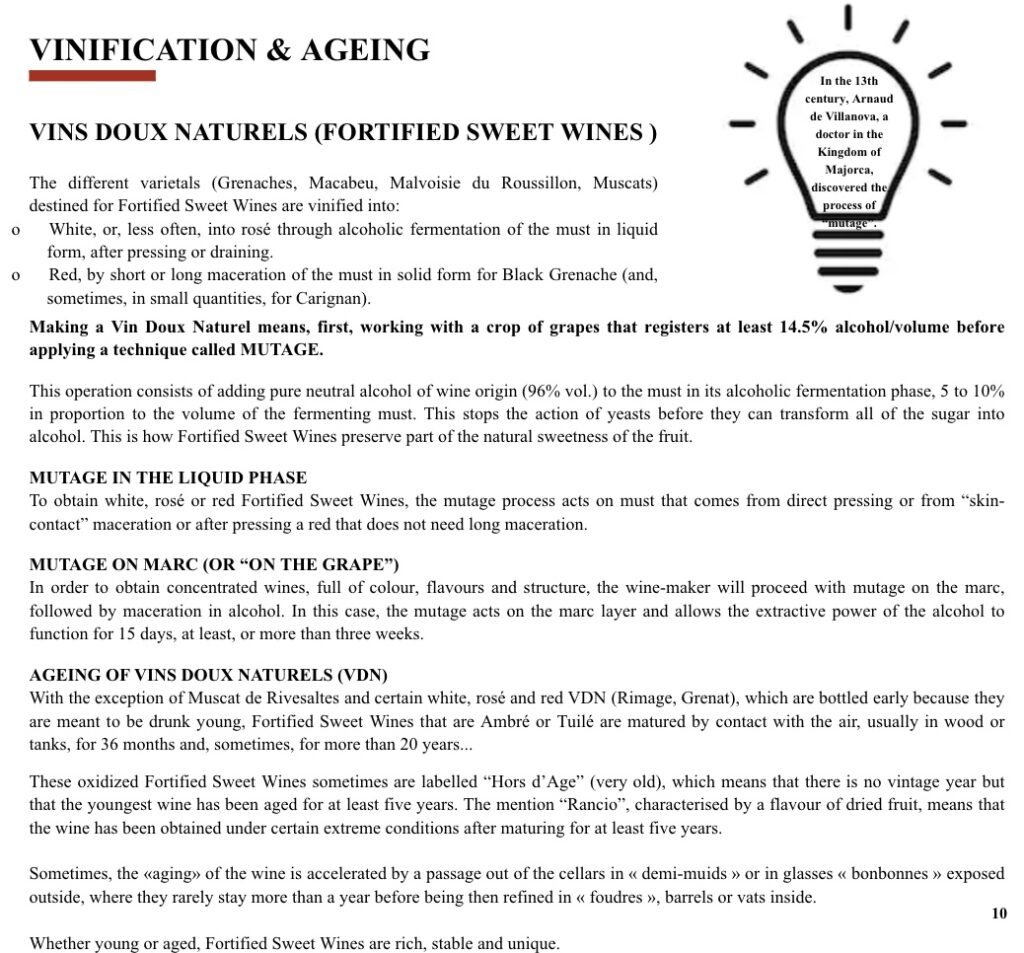
PRODUCER PROFILE
MAS CRISTINE, COUME DEL MAS, TRAMONTANE WINES, TERRIMBO and CONSELATION collective
Andy Cook, Philippe Gard and Julien Grill
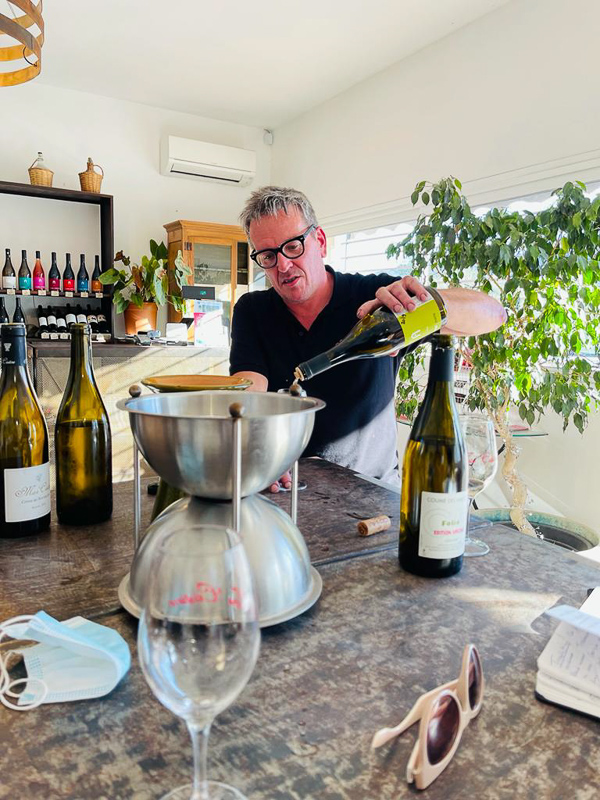
Coume del Mas has been owned by Parisian Philippe Gard since 1997 who worked in Burgundy and Bordeaux before coming to Banyuls. Thirty-five small plots, totalling 12 hectares all over Banyuls make up Coume del Mas, and there are no plans to expand. A cult-like following for his Collioure and Banyuls wines, 80% of which are dry, has emerged. New wave forward thinking winemakers are creating a strong movement here and Philippe works with many of them at Tramontane. Grenache Noir is king, supplemented by new plantings of Mourvèdre, Syrah and Grenache Gris for whites which are growing in popularity. They never add acidity to their whites. Red grapes are heated post fermentation and macerated for more tannin.
He also works in partnership on Mas Cristine with Julien Grill and Andy Cook (the winemaker). They took over this 200 year old ancient Domaine in the hills between Argelès and Collioure from the Dauré family in 2006, setting up the joint venture Tramontane Wines. All together they make 30 plus different wines. The business seems to operate as a kind of funky idealist collective, whilst we talk a young woman enters with her dog, she is their oenologist Léah Anglès and she too is making her own wines onsite. Chapoutier makes Domaine de Bila Haut here from Grenache Gris, and Terrimbo are making rich Collioure red and rosè and Folio white also from Grenache Gris.
Consolation Wines are made from the best selections from Coume del Mas, Mas Christine and all of the other labels in the partnership.
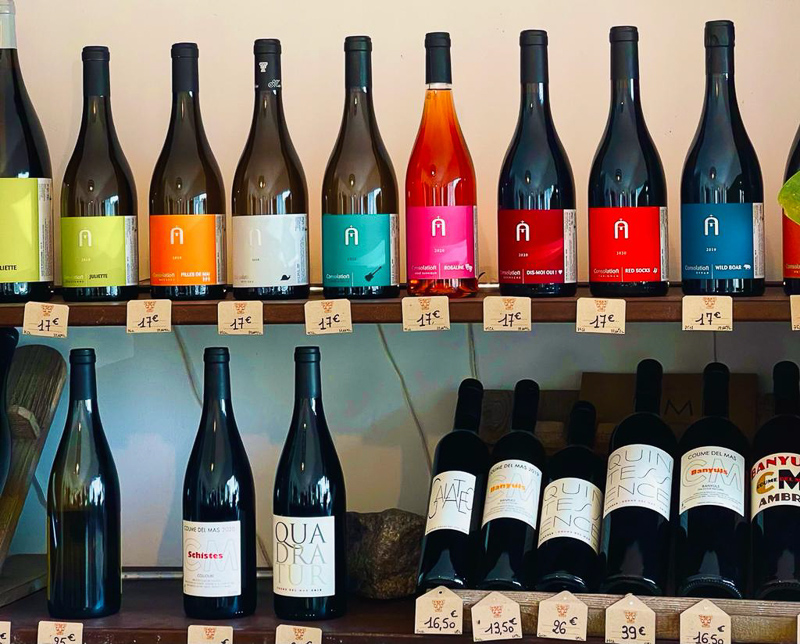
Like many of Roussillon’s finest Andy Cook is also an incomer – his wife is Scottish and he lived in Fife, working in St Andrews running a wine shop for ten years. He’s actually English and has found the way of life in this part of France rather wonderful. He studied oenology in Lincoln New Zealand, where he worked at Muddy Water and a smaller winery no longer in existence.
Andy Cook reports that this year’s harvest was a good one – in these parts that means low alcohol.
Organics is something they have always tried to do in the vineyards and four years ago they decided to make it official. Andy believes it will make little difference to local sales but in certain markets such as Scandinavia it will help. ‘We’ve always been pretty responsible so its probably time we let people know about it’ he says. ‘We export about a third of our wines but the local market is really important to us here.’
‘We didn’t start off with a lot of money. We started from scratch, took over a really nice ancient Domaine, Mas Cristine that needed a lot of work doing on the vineyards. They were lovely old vines and Julien bought the vines that he had as well and we rented space for eight years which was a nightmare,’ says Cook. ‘Having a purpose built winery now is great – it’s not a lovely old romantic winery but it does the job. Then we have this caveau (winery shop/tasting room) – which is fantastically useful, the locals and people with second homes – there are a hundred thousand second homes here, lots of Parisians and Bordelaise and those from Montpellier, Scandinavians, Germans, Dutch, less Brits now – they are good customers locally. They come here to buy wine direct and they are not just tourists: they have a home here so they tend to be regular customers for four and five months of the year. We have a couple of centres in France, Paris, Toulouse and Lyon and good markets. Export is important, especially in times like these when you don’t want to have all of your eggs in one basket – the UK is a good market’.
Julien is Catalan and his family has been here for generations. He was inspired to go organic having previously sold pesticides to farmers. They are now in their 15th vintage at Mas Cristine and they have been entirely organic for the past 5 years and will be certified by 2022.
‘Last year was the worst year ever to be organic,’ says Cook. ‘We did as many sprays as the Bordelais. Some of our vineyards which are high up in Banyuls require no treatments at all. In a normal year the issues stem from working the soil, an intensive workload. Cover crops are nice but we don’t have enough water here so they would compete with the vines. It is a lot of work. Disease is not normally as issue as we have the Tramontane wind and the sunshine to keep things clean. People think it’s a very easy thing to be organic here but it does mean putting in A LOT of hours. We have a full time tractor here too to keep the weeds down – that’s an extra €20 000 a year just there.’
Labels are fundamental in defining their different brands, as they have a fairly large range. Mas Cristine has been around for over two centuries.
‘2007 was our first vintage (of Mas Cristine),’ he says. ‘We did a lot of work getting the vineyards up to scratch. Its right at the end of the Collouire appellation. You have this bedrock of schist – not terraces, you can taste this in our vines. Beautiful 70 year old Grenache vines. The topsoil is very light so when we work it in the tractor we have to be very careful. Julien has turned the tractor over a few times from hitting the solid rock underneath. We have other parcels, mostly on the slopes. We are always looking for old vines. We are not in any hurry but we just choose exactly what we want. We actually have a parcel much further away, almost at the autoroute but they were such great parcels with old vines that we just couldn’t turn them down. Macabeo, Roussanne, Carignan, things that we wanted so we’ve taken those over. Its practical to be closer to the winery if you can but what’s most attractive to us is good parcels.’
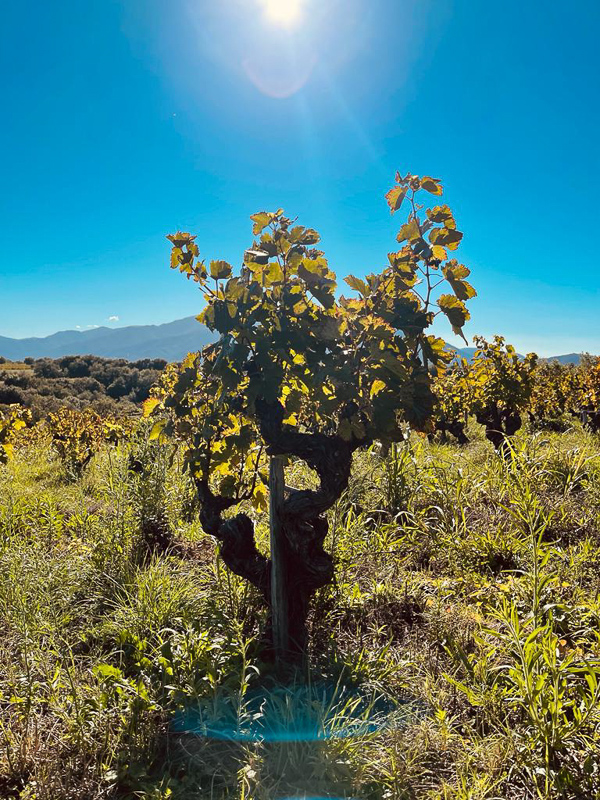
‘We vinify everything separately. The concept behind Cote du Roussillon is that it has to be an assemblage, it has to be a blend so we have made this range stand out with different labels to show that. I want people to understand the difference between the two.’
‘Mas Cristine has a classic label as an old Domaine: we wanted quite a refined look. Mas Cristine is our bread and butter, the idea that you blend your parcels and you blend your varieties is fundamental to us there as well. I can show you in Mas Cristine, the three parcels of Syrah, they all have different identities and the best results come when you blend those a month before bottling. That also give me the opportunity to take a little out to make these small Grand cuvée which are worked a little differently, they are riper a bit more concentrated, longer maceration, things like that.’.
‘White styles we added a few years ago because we felt lighter styles were missing from the range. There is no barrel ageing in the white. The idea is if you want to have oysters with a Roussillon blanc you can. It’s all relative, you can’t make a Muscadet here, you can’t make a Beaujolais but those are styles that are a little bit lighter.’
‘It is really about whatever we feel like doing. Last year we didn’t make any white because it was a difficult year and the expression, the ripeness that I wanted wasn’t there.’
‘We have fun. We have a barrique rosé there, we got an old fashioned no sulphur red where we have vinified everything together. Sometimes we do an orange wine or a late harvest, we can do whatever we want which is great fun.’
‘They do really well in the UK; we have The Wine Treasury and we use another importer for Mas Cristine, Amanthus Drinks. These are all small volume, max 2000 bottles, limited quantities, most sell locally’.
‘Coume del Mas started in 2001, it’s a new wave wine, about the third of the size of Mas Cristine. We share a vineyard team and that enables us to be more flexible. We always have a team on hand, they are employed all year so we are able to have that flexibility to do what needs doing.’
Lisse and Jamie tasted a selection from the range, Jamie’s notes follow….
Coume del Mas Folio Edition Speciale 2018 Collioure, Roussillon, France
14% alcohol. 90% Grenache Gris, 10% Grenache Blanc, on schist. Wild ferment in barrel, aged six months on lees. This is broad and textured with a honeyed richness to the smooth, broad pear and peach fruit, with a fine spiciness and some sweetness from the alcohol. There’s a sort of saline minerality, and it feels very soft and textural in the mouth. Some nutty richness, with a touch of liquorice even. 91/100
Mas Cristine Blanc 2020 Côtes du Roussillon, France
13.5% alcohol. Five local varieties grown on schist soils, fermented and aged in a mix of barrel and tank. Fresh and vital with a lovely lemony acid line supporting richer textured pear and white peach fruit. Has a lovely purity with real brightness of fruit. Lovely purity here with a slight saltiness on the finish. Lovely purity. 92/100
Mas Cristine Red 2019 Côtes du Roussillon, France
14.5% alcohol. This is powerful and textured with ripe cherry and berry fruits, and a touch of liquorice and dried herbs. There’s an innate freshness here, although it is quite a ripe wine, with a slight stoniness on the finish. Lovely intensity. 91/100
Consolation Juliette Roussanne 2019 Côtes Catalanes, Roussillon, France
14% alcohol. This is the best Roussanne parcel from Mas Cristine, barrel fermented and aged for 10 months. Rich, honeyed, spicy and nutty with bold tinned pear and peach fruit. There’s a fine spiciness with broad, textured fruit and a touch of incense and saline minerality. 90/100
Consolation Red Socks Carignan 2017 Côtes Catalanes, Roussillon, France
14.5% alcohol. This is ripe and sweetly fruited, but there’s a spicy, almost minty edge to it. Sweet with some liquorice and a touch of tar and gravel, this is a real mouthful dominated by the wall of sweet fruit. 90/100
Coume del Mas Quadratur 2019 Collioure, Roussillon, France
14.5% alcohol. Grenache Noir, Mourvèdre and Carignan. Ripe but still fresh with a floral edge to the sweet cherry and blackberry fruit. There’s a lot of ripe fruit here: it’s generous, and there’s a fine spicy edge to the fruit, with some liqueur-like richness. So much to like about this fruit-forward wine, which finishes with liquorice and a slight saltiness. 91/100
Coume del Mas Quadratur 2016 Collioure, Roussillon, France
14.5% alcohol. Spice, a touch of tar and rich black fruits on the nose. The palate is lush and sweet with a liqueur-like quality to the fruit, showing ripeness and a sweet berry and black fruit profile. Concentrated and ripe, with a subtle balsamic quality on the finish. 91/100
Coume del Mas Abysses 2016 Collioure, Roussillon, France
14.5% alcohol. Great concentration to this lush, sweet wine with fine-grained tannins and lots of sweet blackberry and black cherry fruit, with some jammy notes and a touch of saltiness on the finish. Pure, lush and quite dense, this is all about the sweet fruit. 90/100
Coume del Mas Banyuls Grand Cru 2005 Roussillon
18% alcohol. Ripe, sweet and vital with raisins, cherries and raspberries with a lovely warm spiciness. Very expressive with a hint of tar and spice on the finish. It’s such a distinctive, complex sweet wine. 94/100
Coume del Mas Banyuls Rimage Galateo 2020 Roussillon
16% alcohol. This is supple and sweet with black cherry fruit on the nose. Concentrated and very sweet on the palate with lush cherry and berry fruits. This is sweet but fresh with lovely bright fruit. 92/100
Coume del Mas Escoumes Banyuls Blanc 2020 Vin Doux Naturel, Roussillon
16% alcohol. Sweet with lovely melon and pear fruit as well as notes of honey and subtle spice, as well as very ripe sweet table grapes. There’s a big wash of sweet fruit here. 90/100
Mas Cristine Rivesaltes Ambré Vin Doux Naturel NV Roussillon
17% alcohol. Long barrel ageing here. Golden/copper colour. Ripe, sweet, raisiny and spicy. Very sweet with a slightly cedary old furniture note under the spice-laden table grape fruit. It’s also quite nutty. 93/100
Find these wines with wine-searcher.com


